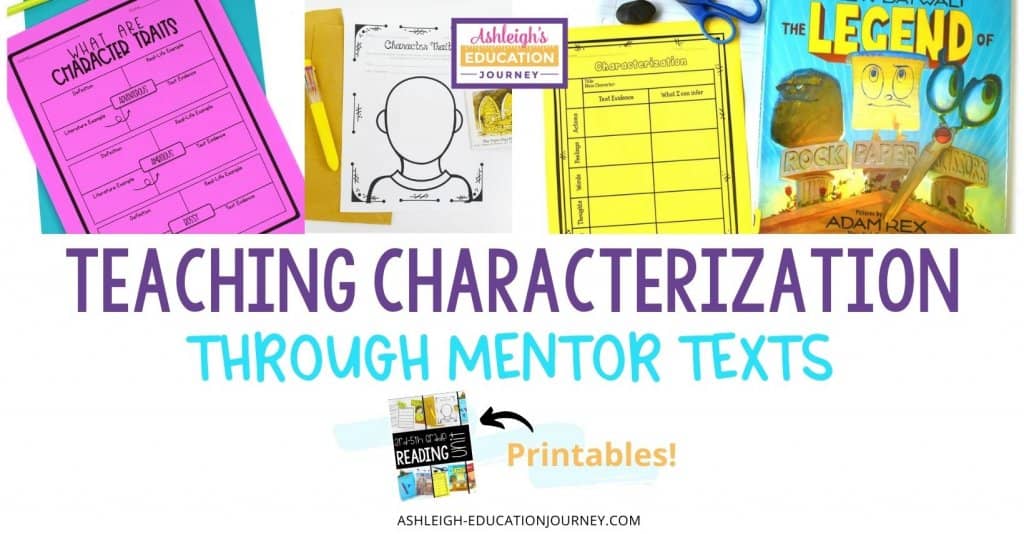
Teaching character traits and characterization through mentor texts is always fun. After I teach basic comprehension strategies, I begin teaching story elements. You can read my post on teaching setting here. Upper elementary students are typically familiar with story elements, so they already know the basics. That greatest challenging is typically explaining their thoughts with text evidence, so I try to heavily emphasize text evidence throughout the unit. You can find the printables in my Reading Unit 2.
Teaching Character Traits: Day 1
When teaching character traits, be sure to explain the difference between a physical description and a character trait. Students often want to describe what a character looks like, rather than share character traits. Physical traits are what we see. Character traits are what is on the inside. We obviously can’t see character traits directly, so we have to look at what the character’s actions words, and thoughts.
Many students have difficulty pinpointing feelings and emotions with an exact term. They’re often limited to more general words such as: happy, sad, mad, etc, which makes teaching character traits challenging. One of my favorite games to teach emotions and inferences is through this easy to prep Taboo-like game. Write a large list of emotions on a large piece of chart paper, and for every emotion on the chart paper make an index card with that word on it. One student selects an index card, and does not look at the word. Show everyone, except the student selected, the emotion card. Like in the game Taboo, the selected student tries to select the emotion they may be feeling. Their classmates may give them clues about how they may look or act when one feels that emotion. When the student accurately guesses the emotion, a new player is selected. We play this game whenever we have a couple extra minutes in our day. You can add to the list of words as the year progresses.
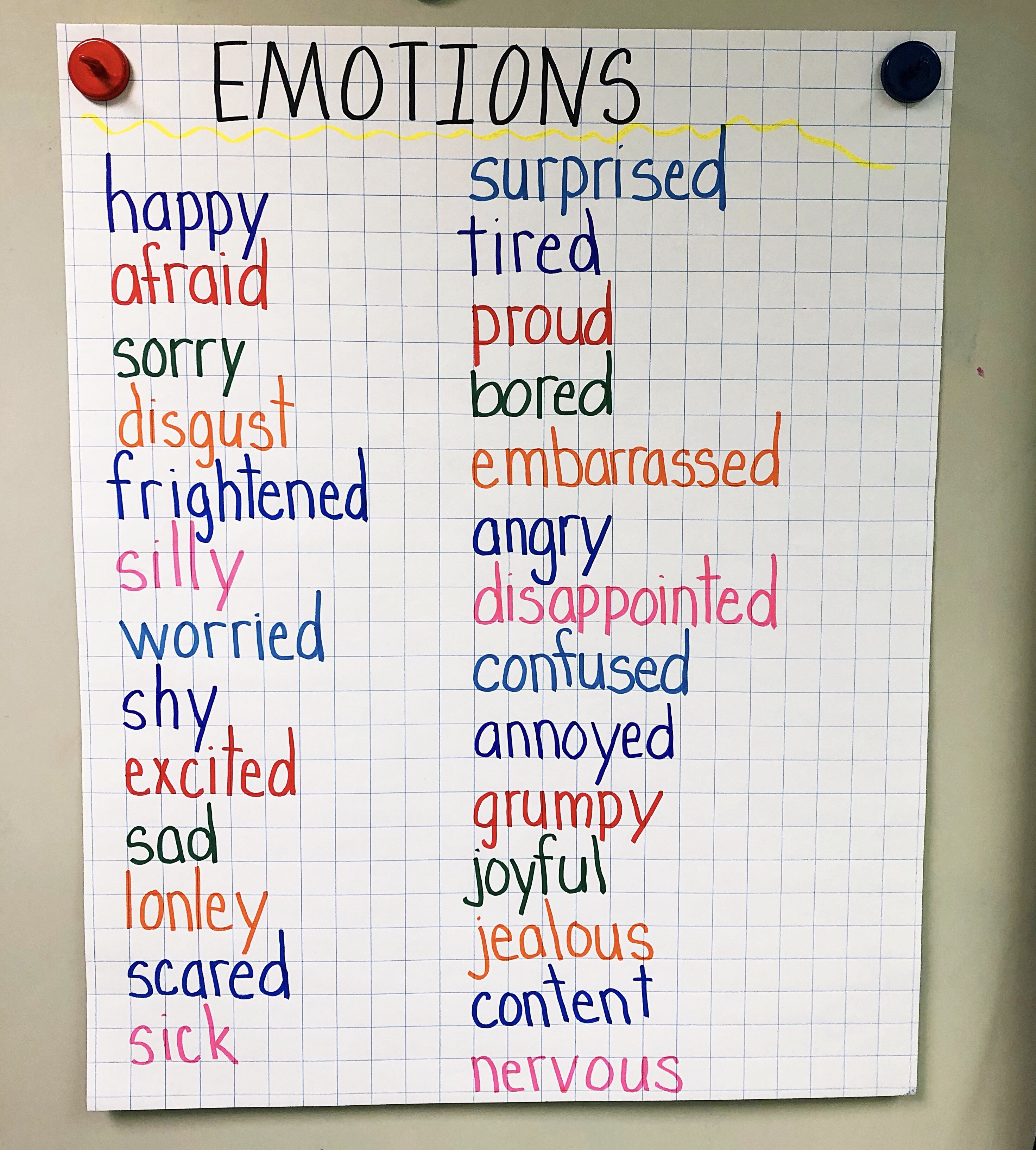
You can use this graphic organizer as a follow-up activity for different examples of character traits, which helps students use more specific vocabulary.
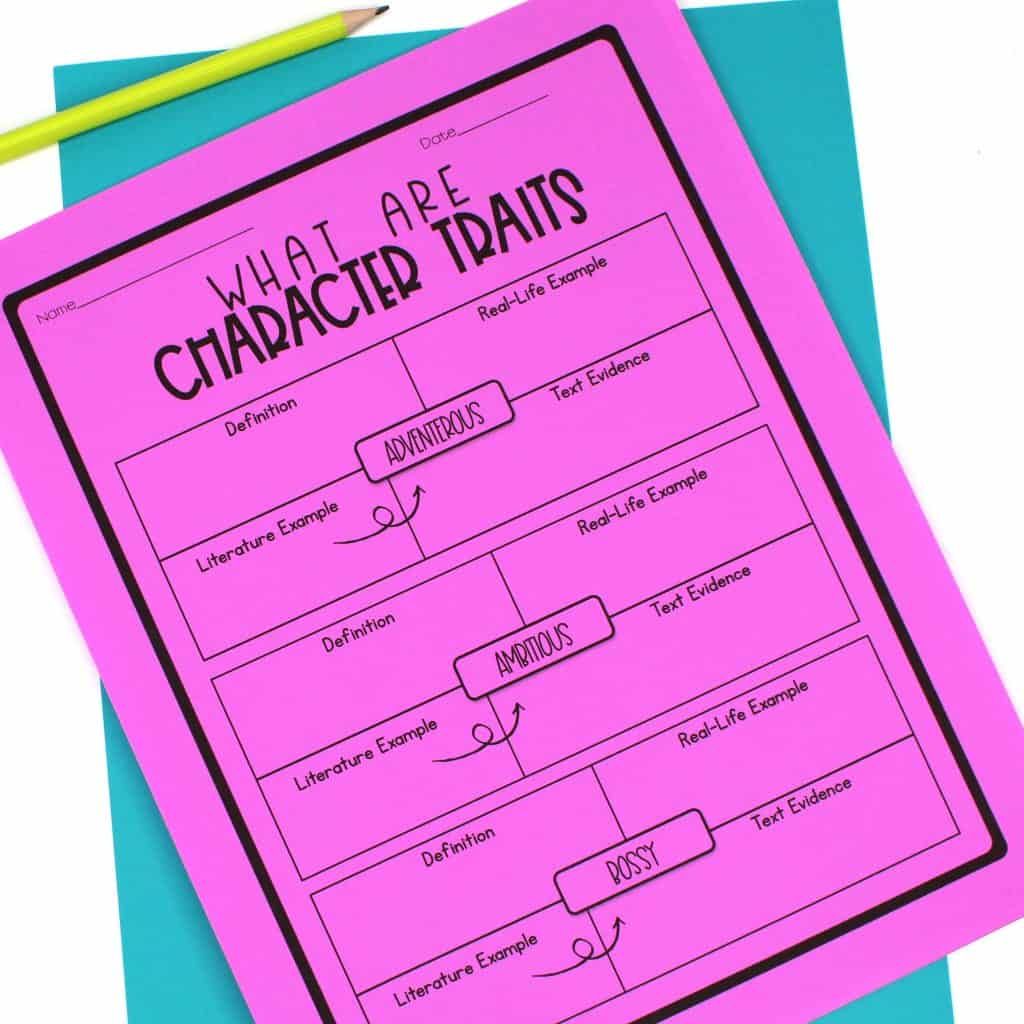
Teaching Character Traits: Day 2
One of my absolute favorite books for teaching character traits is The Paper Bag Princess. Don’t worry about how old it is or that it appears to be written for younger students. It’s great! Plus, it’s reached the point where it’s so old that I rarely have a student who has ever heard the book before. I have students complete a graphic organizer where the describe the character traits of the prince or princess in the outline of the person.
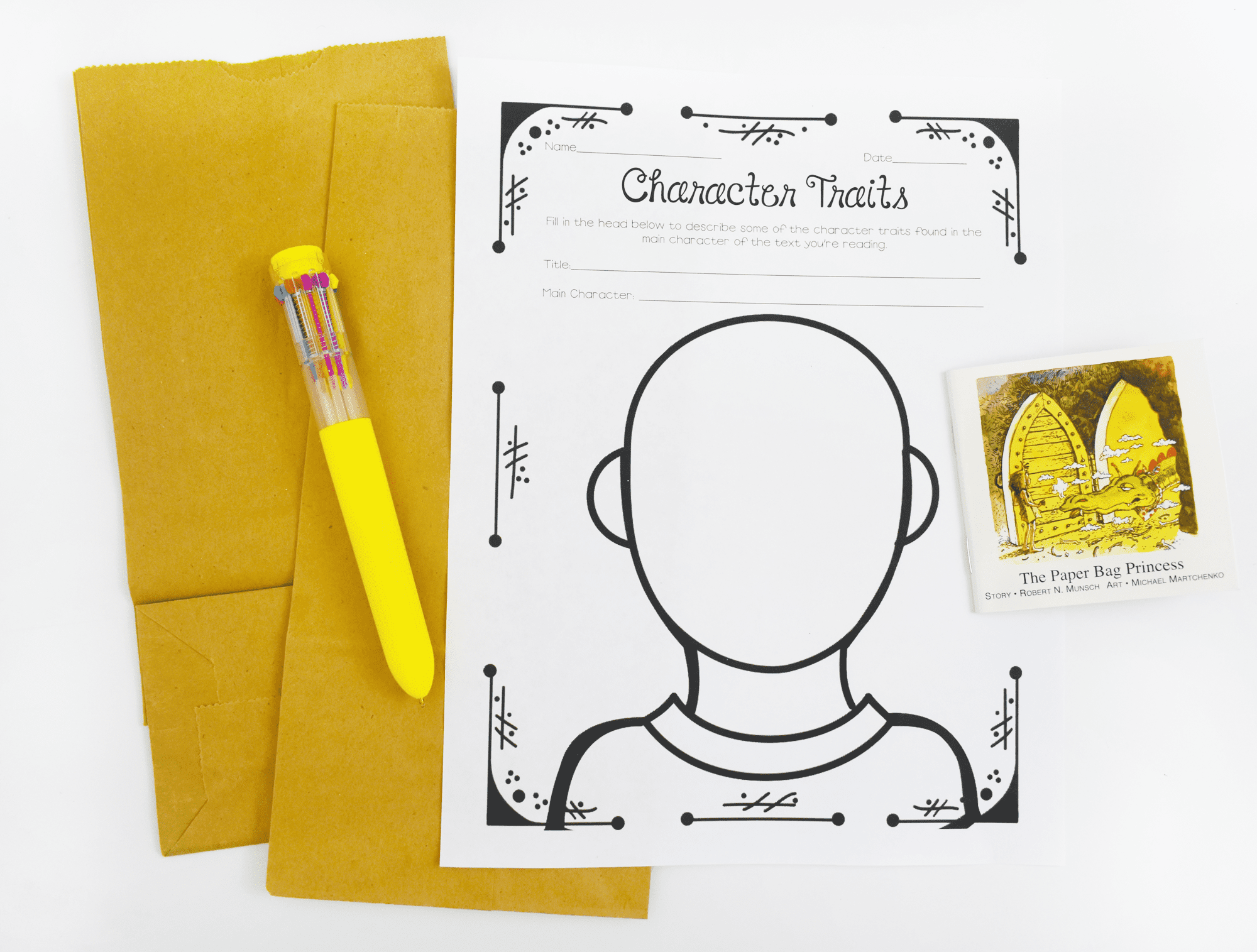
If I am teaching character traits to older students, I may replace the above graphic organizer with a character wheel like the one below. This tends to be a little more challenging for students.
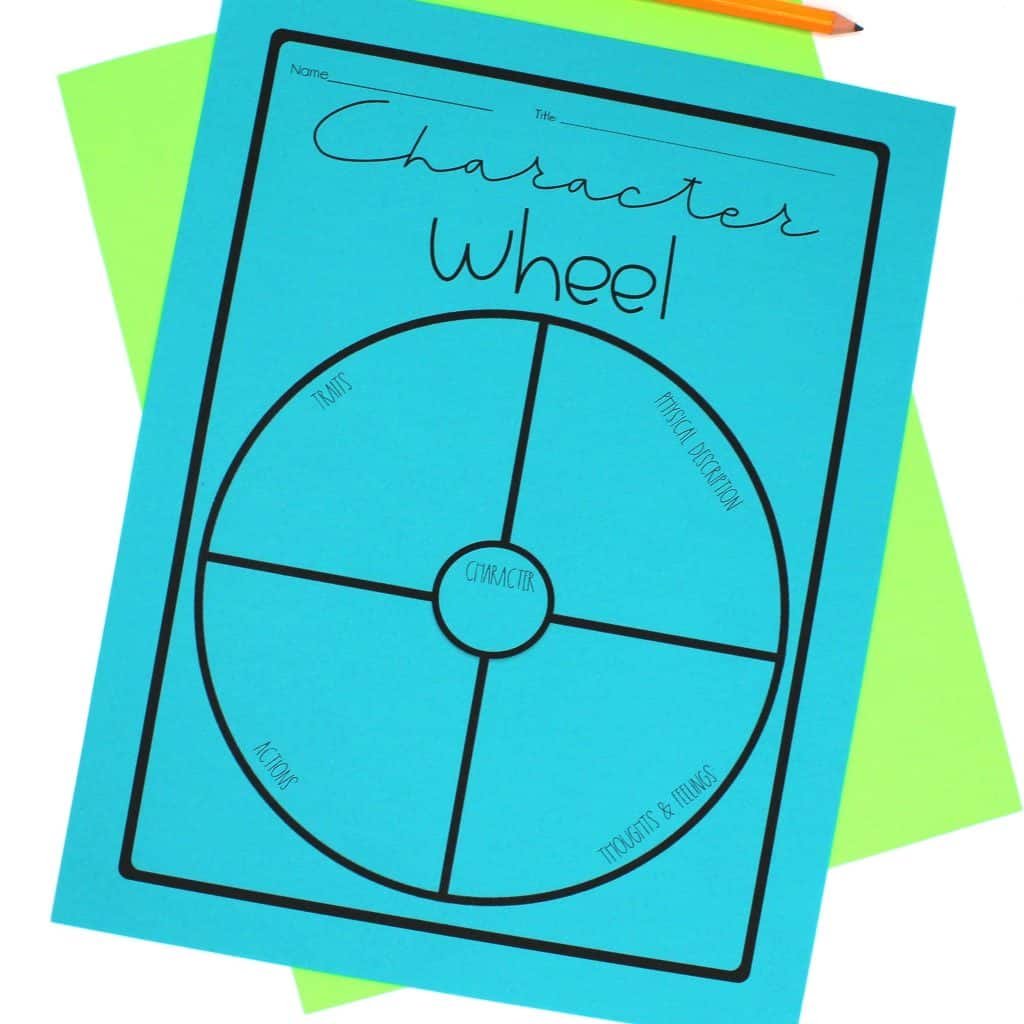
Teaching Character Traits: Day 3
As we dig deeper into teaching character traits, have students analyze the main character’s actions, feelings, words, thoughts, and choices. In this lesson students write the direct evidence from the text on the table. Then, they write what they can infer from that action, feeling, etc. I love how in lessons like this students are combining multiple reading strategies while focusing on a specific reading skill. One great mentor text is The Legend of Rock Paper Scissors. It’s so funny, but it also lends itself perfectly to this graphic organizer.
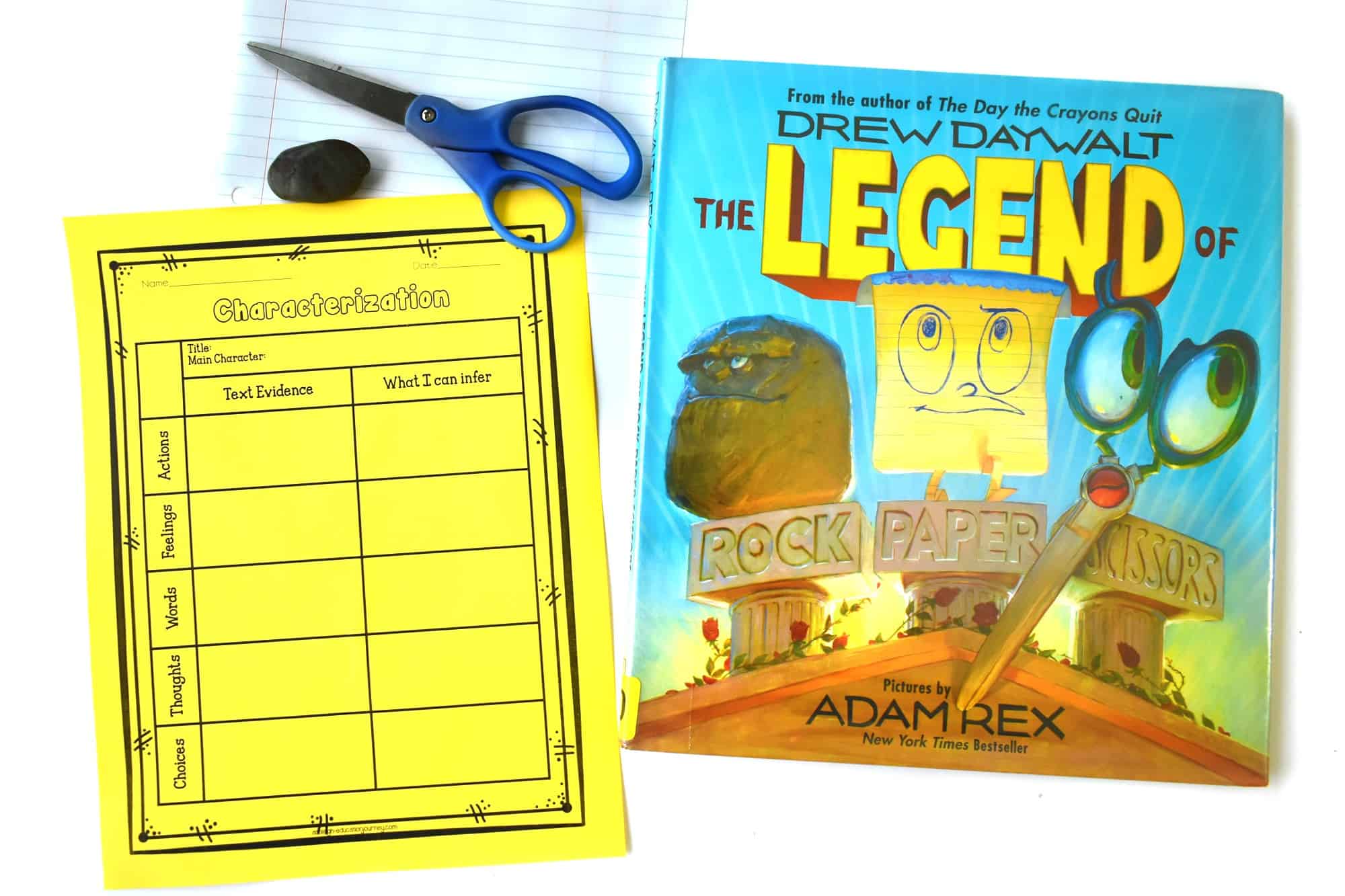
Characterization: Day 4
The Name Jar is such a wonderful book for teaching character traits, as well as kindness and empathy. In this lesson students explain the actions of the main character and what events those actions caused. They also write three direct quotes from the main character and explain what they learned from those quotes. Students also explain how the main character changed from the beginning of the text to the end of the text.
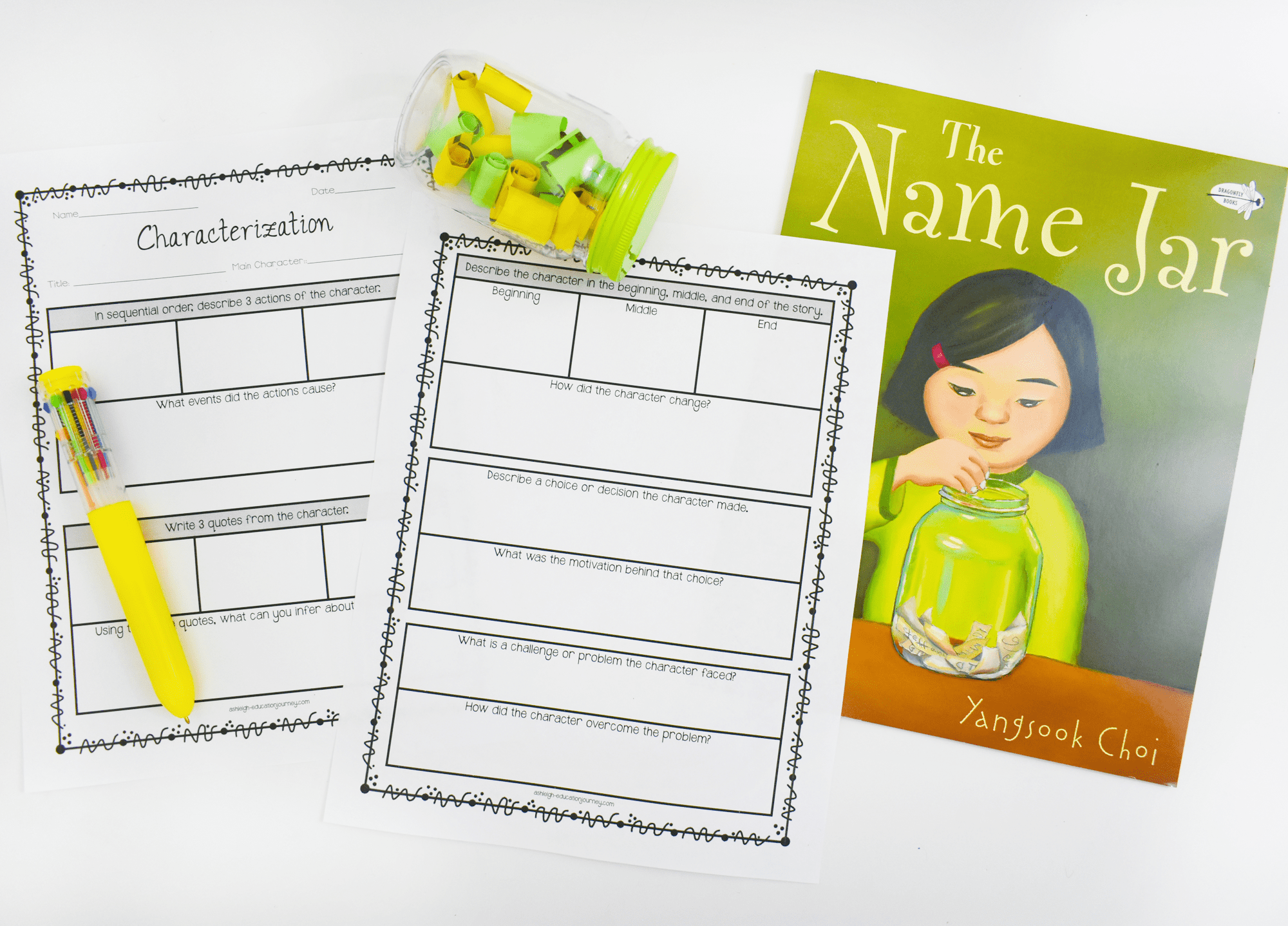
Teaching Characterization: Day 5
I conclude our week on teaching character traits with an extended response writing prompt. I read students Henry’s Freedom Box, and model my expectations for student writing. In the response, students compare and contrast the main character of their text, Henry, with either a different character in the same text or a different character we have previously read about together. I tried to leave all of the character trait worksheets open ended and not specific to one particular text, so you can replace and adjust your mentor text as needed.

If you want access to the printables, you can click here. I hope you enjoy these lessons for teaching character traits! This are all available as a PDF/print file and as a Google Slides file. If you’d like to read more on how I teach reading, be sure to check out this blog post.



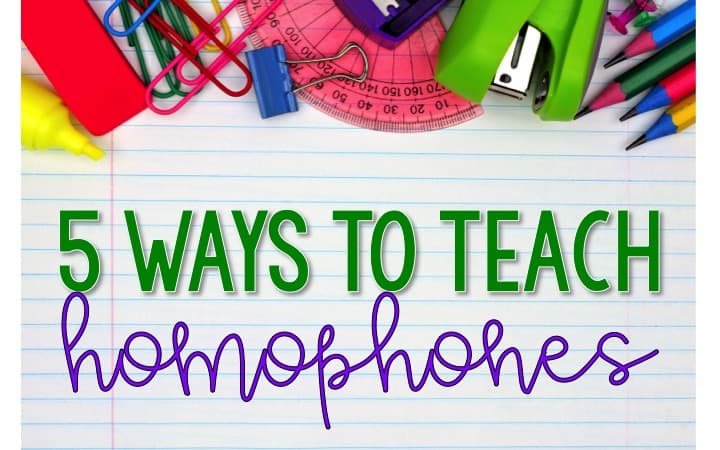
Thanks for the article.
I appreciated the writing and the information you’ve given here.
Thank you again.